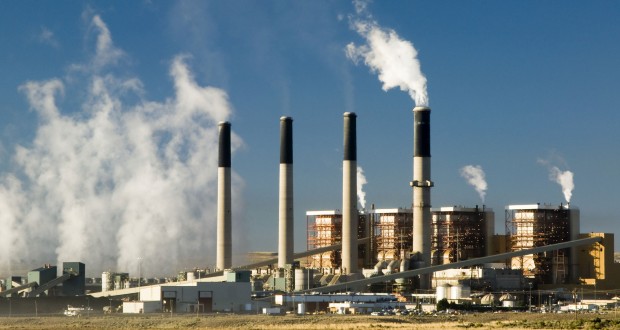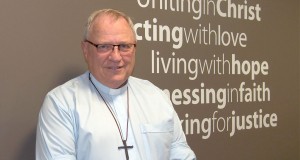There is a chance the global community can act for a more secure climate future. Marguerite Marshall explores.
This December representatives from almost 200 countries will meet in Paris to try and solve perhaps the greatest challenge humanity has ever faced—climate change.
According to NASA, 97 per cent of the world’s climate scientists say humans are causing climate change and if we don’t act now to stem it, increased violent weather will bring enormous suffering.
The UN meeting aims to pass a new agreement covering the post-2020 period.
Australia’s actions make a difference because we are the world’s second biggest coal exporter and the fourth biggest producer. According to the Climate Change Authority, Australia is the world’s 13th biggest greenhouse gas emitter.
The government plans to submit our emissions reduction target mid-year. The Climate Change Authority recommends Australia should cut greenhouse gas emissions by 30 per cent below 2000 levels by 2025.
The United States’ target is up to 28 percent below 2005 levels by 2025. China plans to peak emissions by about 2030 and the European Union plans a 40 per cent cut below 1990 levels by 2030.
A major concern is that the two degree Celsius warming target is not strong enough. Scientists and more than 100 of the most vulnerable countries maintain that a one and a half degree Celsius limit is needed.
Currently, the world is heading for a catastrophic increase of five degree Celsius.
The Climate Council says to have a reasonable chance of a safe climate, 80 per cent of global fossil fuel reserves must stay underground, but the International Monetary Fund estimates world governments spend nearly $2 trillion annually subsidising fossil fuels and electricity production.
The good news is that in 2014 for the first time in 40 years, global greenhouse gas emission did not exceed emissions from 2013, despite no economic downturn. This was largely due to China burning less coal and using more renewable energy.
Renewable energy could supply the world’s electricity needs by 2050, according to the World Wildlife Fund. Technology to store the sun’s energy to provide electricity day and night is being used in several countries including the United States.
But renewable energy currently supplies only about 20% of global electricity.
There is hope. China’s emissions could peak by 2025, which would enable the global two degrees Celsius target to be achieved, according to Professor Jiang Kejun of the China Energy Research Institute.
It is difficult for governments to deliver rapid change, but business can.
In 2010 worldwide the cost of solar panels plummeted 40 per cent. A United Nations report in 2012 claims that solar panels were competing with the retail cost of electricity in Australia, Germany, Italy, Spain, Denmark, even with lower government subsidies.
In 2014 a Bloomberg report found renewable electricity was as affordable as fossil fuel in 55 nations across Africa, Asia, Latin America and the Caribbean.
Strong business and grassroots action could tip the scales and help our leaders take effective action.
What can individuals do? We can:
- visit, call or write to members of parliament by the June deadline for Australia to submit its target and demand at least the Climate Change Authority target of 30 per cent below 2000 levels by 2025
- buy solar panels and hot water systems or switch to 100 per cent green power
- check our superannuation, shares and banks are not investing in fossil fuels.
Marguerite is a Uniting Church member and journalist trained to give presentations Solutions to Climate Change by Al Gore (managed in Australia by the Australian Conservation Foundation).
 JourneyOnline
JourneyOnline







